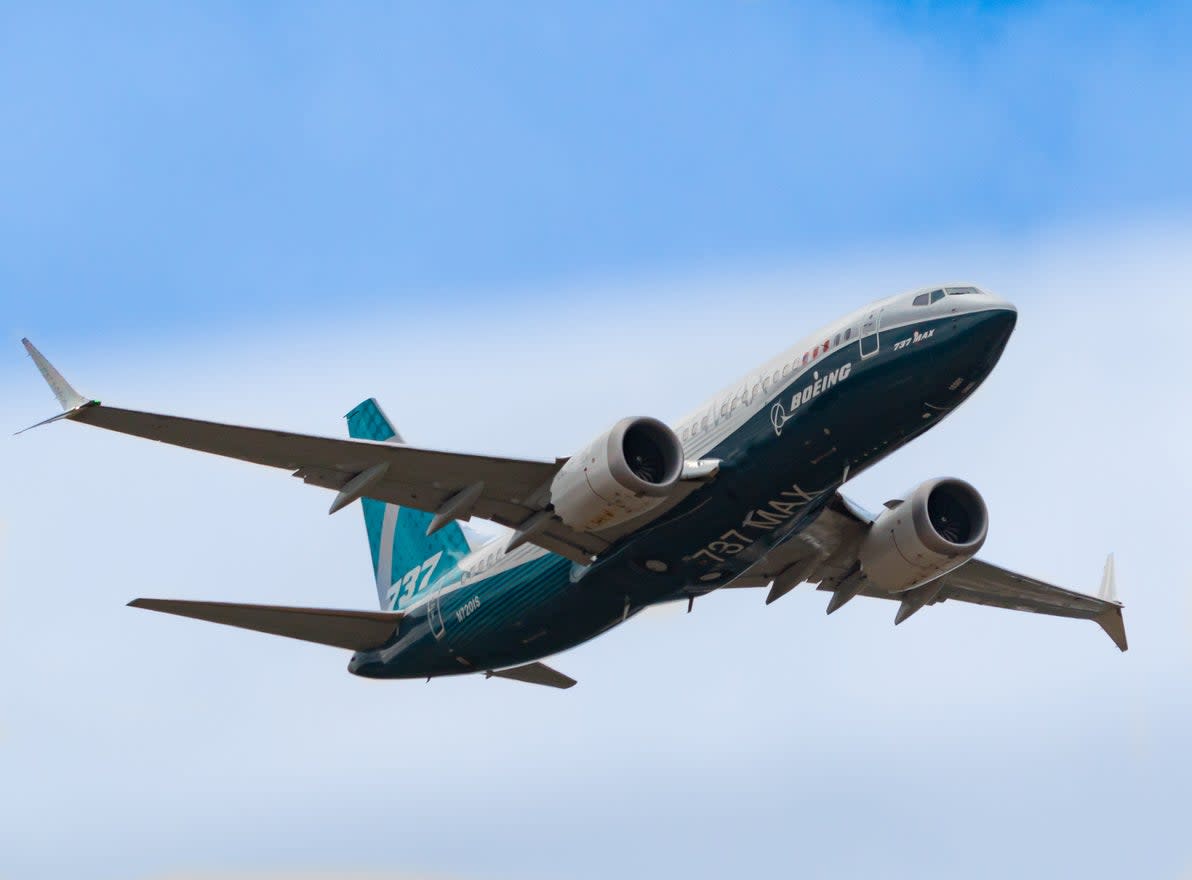Boeing 737 Max could be back in the air in 2020 as European regulator says it’s safe to fly

Europe’s aviation regulator has said that the Boeing 737 Max is safe enough to return to the skies this year.
The European Union Aviation Safety Agency (EASA) conducted flight tests on the aircraft in September and had been reviewing additional data from its US counterpart, the Federal Aviation Administration (FAA).
While an official announcement hasn’t been made yet, the agency’s executive director Patrick Ky has said that EASA is expected to issue a draft airworthiness directive next month.
After that, there will be a four-week period for public comment.
However, Boeing is also expected to add a “synthetic sensor” to the Max jets, a software upgrade that could take 20 to 24 months.
The sensor is designed to make pilots’ jobs easier when one or both of the Max’s Manoeuvering Characteristics Augmentation System (MCAS) – the angle-of-attack sensor that was blamed for both Max jet crashes – fails.
The larger Max 10 aircraft will need this upgrade installed before its debut, slated for 2022, but it will also be retrofitted on other versions of the Max.
Ky told Bloomberg: “Our analysis is showing that this is safe, and the level of safety reached is high enough for us.
“What we discussed with Boeing is the fact that with the third sensor, we could reach even higher safety levels.”
The Boeing 737 Max, one of the best-selling models for the planemaker, has been grounded worldwide since March 2019 following two fatal crashes.
A recent damning report by the US House Committee on Transportation and Infrastructure said that “Boeing and FAA share responsibility for the development and certification of an aircraft that was unsafe”.
It continued: “For two brand-new airplanes, of a brand-new derivative model, to crash within five months of each other was extraordinary given significant advances in aviation safety over the last two decades.
“The Max crashes were not the result of a singular failure, technical mistake, or mismanaged event.
"They were the horrific culmination of a series of faulty technical assumptions by Boeing’s engineers, a lack of transparency on the part of Boeing’s management, and grossly insufficient oversight by the FAA – the pernicious result of regulatory capture on the part of the FAA with respect to its responsibilities to perform robust oversight of Boeing and to ensure the safety of the flying public.”
Read more
American Airlines schedules Boeing 737 Max training for pilots
Boeing 737 Max: Executive defends design as experts meet at Gatwick


